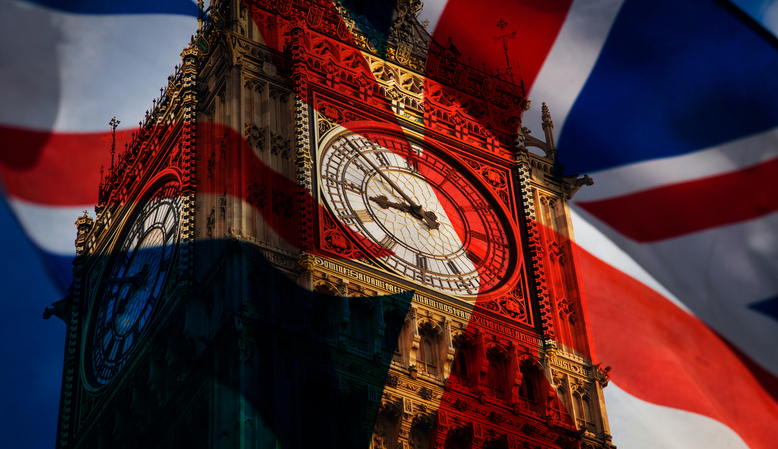Retail superstores Tesco and Wal-Mart prove there is plenty of money to be made in offering everything cheaply under one roof. That being the case, it makes you wonder how Woolworths, with its instantly recognisable brand, 800-strong chain and 25,000 staff, has managed to get it so wrong.
The brand itself became a problem. In such a competitive retail environment, gone are the days when being known as ‘cheap’ without any kind of specialism is enough to survive on the high street.
Strictly standard
‘Woolworths isn’t the best at anything,’ says Tom Morton, executive planning director at advertising agency TBWA. ‘It is really hard to see what Woolworths’ competitive advantage is. Most consumer reaction to the demise of Woolies has been nostalgia rather than genuine regret – and that’s something people are willing to feel but not willing to pay for.’
Caroline Woolf, managing consultant at business advice specialist PIPC agrees: ‘The lines were becoming predictable and stale. Although it did have some good ones, like its Ladybird children’s clothing range, the company just didn’t leverage them well. So it ended up devaluing its own brand.’
It’s not just business analysts who believe that the store failed to carve out a niche. Jane Lancley has worked at Woolworths for 14 years and believes the store has been undergoing an identity crisis for some time. ‘It felt like they just kept putting their fingers in different pies and then taking them out. The staff reaction was often: “I can’t believe they’re changing everything around again.”
‘For example, they introduced something called The Big Red Book a few years ago, which looked very much like the Argos catalogue. The problem was it just confused the customers who thought we’d turned into a version of Argos – which of course we hadn’t.’
In September, Steve Johnson was appointed as the new chief executive in a last-ditch attempt to save the store.
Following the departure of former boss Trevor Bish-Jones, Johnson emphasised that what the chain needed was a good dose of basic shopkeeping and attention to ‘retail detail’.
Bad debt
Unfortunately, the company has required a little more than just bringing the sales strategy into the 21st century. A lot of Woolworths’ financial difficulties go back to a demerger from the Kingfisher chain in 2001. The newly formed Woolworths Group, which floated on the London Stock Exchange, had substantial debts and was forced to sell and lease back its own assets on onerous terms. Being weighed down in such a way, the company stood little chance of staying afloat come the credit crunch.
Chris Higson, accounting professor at the London Business School, says that Woolworths’ main problem hasn’t been a lack of sales, although that hasn’t helped.
Rather, it’s been the company’s high fixed costs that have left it with little capacity to survive after the downturn.
‘It just wasn’t viable in financial terms. A high commitment in wages and operational costs cannot be absorbed by wafer-thin margins. It’s always the weakest firms that are the first to go. Woolies has stood still, it hasn’t changed in the last generation, whereas everyone else has. When you look at Tesco you see a company that is constantly changing its format, it sells almost everything. The world just got more competitive.’
The last decade has certainly been a tough time for the store, not just because of its unenviable inheritance of debt. Over this period supermarkets have been aggressively encroaching on Woolies’ traditional territory of cheap non-food items and exploited the exponential growth in online shopping.
Paul Gaffney, programme director of business and enterprise at Oxford Brookes University, says: ‘If you want to be known as cheap, then you have to be the lowest cost player, and Woolies just hasn’t done that, particularly when you’ve got a situation where supermarkets will take the top 40 best-selling items and sell them at a discount.’
In essence, Woolies has been beaten at its own game. At the end of November, accountancy firm Deloitte was appointed as administrators to Woolworths and its subsidiary, Entertainment UK. Attempts to try and save it by government ministers and celebrity entrepreneur Theo Paphitis have proved fruitless.
‘It’s very sad, but not wholly unexpected,’ comments Gaffney. ‘Woolies has been stuck between a rock and a hard place. They’ve lacked leverage, faced more efficient competition, and then found themselves up against the brick wall of the credit crunch.’






